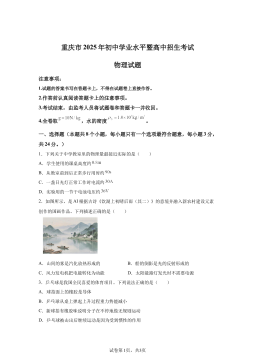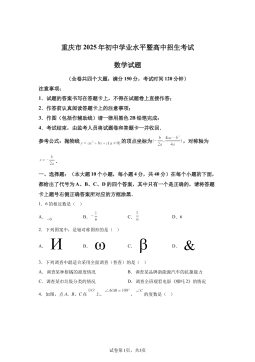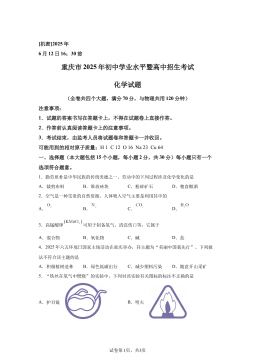outstretching without compromising stability. Indeed, the
framework achieves to plan and execute more challenging
motions on both simulation and real hardware.
Existing works have explored separating locomotion and
manipulation planning. In [1] contact wrenches are com-
manded to the controller while the planner accounts only for
locomotion. Similarly the BigDog robot of Boston Dynamics
[13] was shown to carry and throw a cinder block [4].
The work of [5] proposes a learned locomotion policy
that accounts for the predicted wrenches on the robot base
planned by a separate model-based manipulation planner.
The above approaches suffer from the same drawback in that
locomotion planning is assigned to compensate for/reject the
manipulation motion effect without having control over it.
Thus, the manipulation behavior cannot be changed based
on locomotion margins.
On the other hand locomotion and manipulation have been
simultaneously optimized for bipeds, to name but a few
[15], [16], and more recently for quadruped manipulators
as follows. The full dynamics TO formulations of [8],
[17] have achieved robustness against payloads [18] but are
computationally expensive (prohibiting online planning for a
robot much simpler than the one used in this paper).
The work of [19] substitutes the feet contact forces with
the ZMP for achieving tasks on flat terrain in simulation.
On the contrary, the unified framework of [6] accounts
for the centroidal robot dynamics and manipulated object
to efficiently plan combined locomotion and manipulation
tasks. Although the latter seems to find application for the
heavy payload transportation task, scaling efficiently1to
more complex robots as the CENTAURO (which consists
of 39 actuated degrees of freedom [DoF] in contrast to
the 16-DoF robot used) remains challenging2. The current
paper handles this complexity by adopting a middle ground
between [19] and [6] in terms of robot model descriptiveness.
It accounts for a model richer than [19] since optimizing for
all contact forces as well as arm end-effectors (EE) motion.
The resulted TO is computationally efficient (planning at
least at 5 Hz with 4 sec. horizon) and is validated on the
real CENTAURO robot, which is of much higher system
dimension than any of the works above. Differently from
other works, results and insight are presented from real
experiments on non-flat terrain with 17 kg payload (85 %
of the arms’ capacity and 15.1 % of the robot mass).
B. Contribution
Based on the current literature, as discussed in I-A, this
work is characterized by the following contributions:
•A TO formulation for motion planning of quadruped
manipulators carrying heavy payload. The formulation
simultaneously plans locomotion and payload manipu-
lation and as a result, in contrast to locomotion-only,
1In this paper, a TO is considered computationally efficient if the planning
time is at least an order of magnitude shorter than the planning horizon.
2This is further compounded since by the time of writing the augmented-
Lagrangian-based inequality constraint handling approach [20] that is used
in [6] is not yet open source released, thus cannot be off-the-shelf accessed.
avoids excessive lower-body motion that can cause leg
outstretching (boundary singularities) when stepping.
•The formulation is used for (but, as shown in Sec. IV-
D, not restricted to) offline planning. Combined with
a WBC it is evaluated in various simulation and ex-
perimental scenarios with the CENTAURO robot [11],
demonstrating the ability to generate motions that can be
tracked by real robots of high complexity. The obstacles
negotiated in both simulation and real experiment have
not been shown before from a quadruped manipulator
that carries such heavy payload.
•The approach is computationally efficient for high di-
mensional robots (as is a bi-manual quadruped) such
that can be straightforwardly extended to online reced-
ing horizon TO. This work is the first to provide insights
on the application and efficiency of simplified model-
based TO on quadrupeds with more than one arms.
II. TRAJECTORY OPTIMIZATION FORMULATION
In this work, the motion planning problem is formulated
using direct transcription/collocation which transcribes the
continuous optimization problem in a constrained Nonlinear
Programming (NLP) problem. This is done by discretizing
the horizon of the optimization in a number of knots and
the solver is assigned to find the optimal values of the
variables at these knots. The optimal values of the obtained
solution are then interpolated. Although many off-the-shelf
NLP solvers exist interior-point ones are faster [18], [21] and
can handle any type of constraint, thus, they are preferred.
The TO formulation plans both locomotion and manipula-
tion trajectories for the task of carrying heavy payload with
known mass3, thus referred as payload-aware. It consists of
a CoM and arm EE motion planning framework, i.e. feet
trajectories are not optimized. The latter are, heuristically,
planned before the TO based on user inputs (gait pattern,
stride length and duration, total time Tof the motion and step
vertical clearance). Based on the above, feet EE trajectories
are known and introduced in the TO as NLP parameters.
The robot arms are considered in rigid (prehensile) contact
with the payload and able to manipulate it, thus, the motion
of the payload is identical to the motion of the arm EE. The
CENTAURO robot has two arms and, henceforth, this paper
focuses on scenarios with one payload at each arm. However
the approach can be easily adapted for different quadrupeds.
For the rest of this paper all position vectors are expressed
in a fixed inertial (world) frame whose notation is omitted.
A. Decision variables
The formulation optimizes the CoM state z
z
z(t) =
r
r
r(t)˙
r
r
r(t)¨
r
r
r(t)T, which includes position, velocity and
acceleration vectors, the CoM jerk ...
r
r
r(t), the motion of the
arm EEs as well as the forces f
f
fi(t)at all (feet and arm)
EEs. Fixed-step discretization is used, thus t=k·∆twhere
k∈ {0, ..., N −1}and Nthe number of knots. For the rest
3The mass of a grasped payload can be estimated through force estimation
at the EE using a wrist force/torque sensor or by exploring the joint torque
sensing available on the arm.

 2024-11-21 13
2024-11-21 13
 2024-11-21 11
2024-11-21 11
 2024-11-21 6
2024-11-21 6
 2024-11-21 8
2024-11-21 8
 2024-11-21 9
2024-11-21 9
 2024-11-21 8
2024-11-21 8
 2024-11-21 8
2024-11-21 8
 2024-11-21 8
2024-11-21 8
 2024-11-21 10
2024-11-21 10
 2024-11-21 7
2024-11-21 7







 渝公网安备50010702506394
渝公网安备50010702506394
